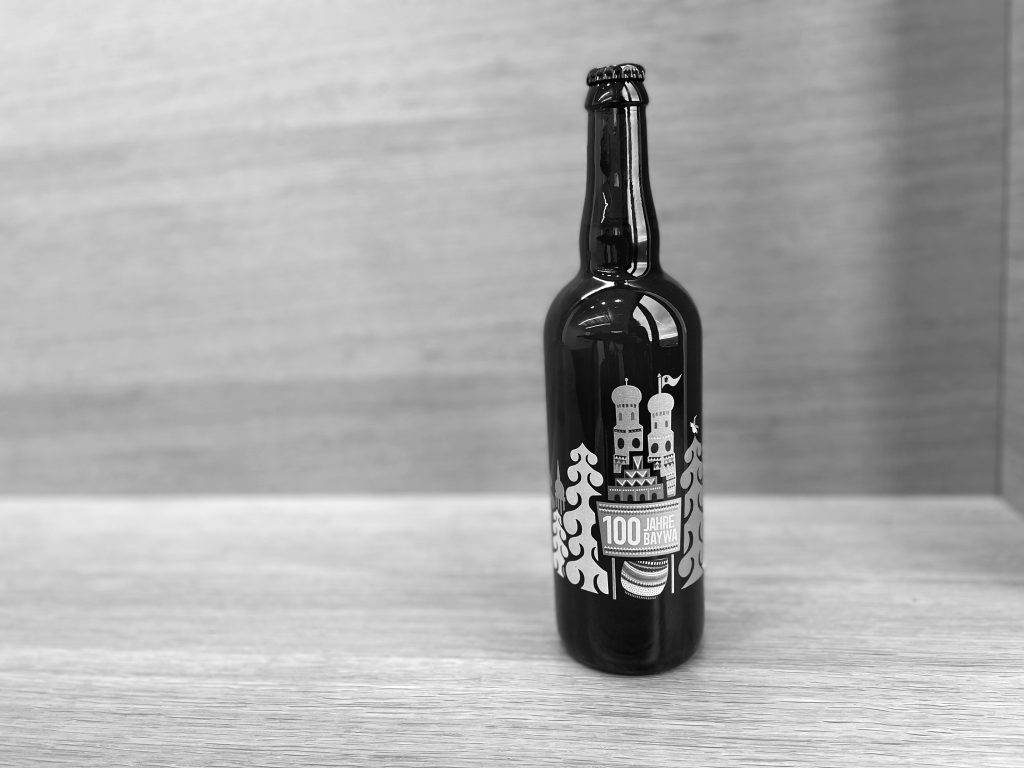Sweet potato pellets are becoming increasingly popular in the pet food industry and other sectors. As experts in plant-based raw materials, we aim to provide you with detailed insights into the harvesting, production, and application possibilities of sweet potato pellets in this blog post.
Origins and Source Countries
Sweet potatoes originally come from the tropical regions of Central and South America, but they are now cultivated worldwide. The largest growing regions are in China, USA and Africa. The climatic conditions in these areas ensure that sweet potatoes have a high quality and nutrient concentration. These countries have optimal climates and soils which are ideal for growing high-quality sweet potatoes. Grainli® sources its raw materials exclusively from trusted suppliers to guarantee the highest quality.
Harvest
The harvest of sweet potatoes usually begins in late summer to early autumn, depending on the growing region. Harvesting occurs when the roots are fully mature, typically between 90 and 150 days after planting. To ensure the best quality, sweet potatoes are harvested at their optimal time. They are carefully lifted from the ground to avoid damage. Only the best tubers are selected for further processing into pellets. Careful harvesting is crucial to ensure the quality of the final products.
Production and Processing
After harvesting, the sweet potatoes are thoroughly cleaned and sorted. At the production facility, they are peeled, sliced and dried. The drying process is crucial to reduce moisture and extend shelf life. The dried sweet potatoes are then ground into a fine powder and processed into pellets under high pressure in pellet presses. This process ensures that valuable nutrients are retained and that the pellets have a uniform size and shape.

Texture & Taste
Sweet potato pellets are characterized by their fine yet firm texture, which can be well integrated into both dry and wet food. The uniform texture ensures easy handling and dosing in production. They dissolve easily and are highly digestible, a trait especially valued in the pet food industry.
The natural, slightly sweet taste of sweet potatoes makes them particularly appealing to pets. It enhances the flavor of the food without the addition of artificial flavorings. This natural sweetness also helps ensure that the food is well accepted by the animals. The pleasant taste of sweet potato pellets is also appreciated in other industries, such as snack and bakery product manufacturing.
Application possibilities
Sweet potato pellets have now established a firm place in the food industry. In the pet food sector, sweet potato pellets have become a versatile and nutritious addition. They are valued primarily for their high fiber and vitamin content. The pellets are rich in beta-carotene, which is converted into vitamin A in the body and contributes to healthy eyes and a robust immune system. They also contain essential minerals like potassium and manganese. Furthermore, they are hypoallergenic, making them particularly suitable for animals and humans with food intolerances.
They are already used in the following sectors:
- Pet food industry: Due to their nutrient density and digestibility, sweet potato pellets are an excellent addition to dry and wet pet food. They provide important vitamins, minerals, and fiber that contribute to the health and vitality of the animals.
- Food industry: For human consumption, sweet potato pellets are used as additives in snacks or baked goods to increase nutritional value and improve taste.
- Agriculture and livestock feed: Sweet potato pellets can also serve as a supplementary feed for livestock, as they are a good source of energy and nutrients.
Grainli® – Your Reliable Partner
For many years, Grainli® has been one of the major and reliable suppliers of high-quality agricultural products, such as sweet potato pellets. We offer various qualities and packaging sizes tailored to the individual needs of our customers. You have a choice of delivery options. We can deliver the pellets by container, break bulk or traditionally on a pallet by truck, according to your wishes and needs. Our products are manufactured under strict quality controls, free from additives, artificial preservatives and meet the highest standards. With sweet potato pellets from Grainli®, you invest in the health and well-being of the animals while offering attractive and high-quality products.
As experts in plant-based raw materials, we support you in selecting the best ingredients for your feed formulations and provide you with expert advice.















